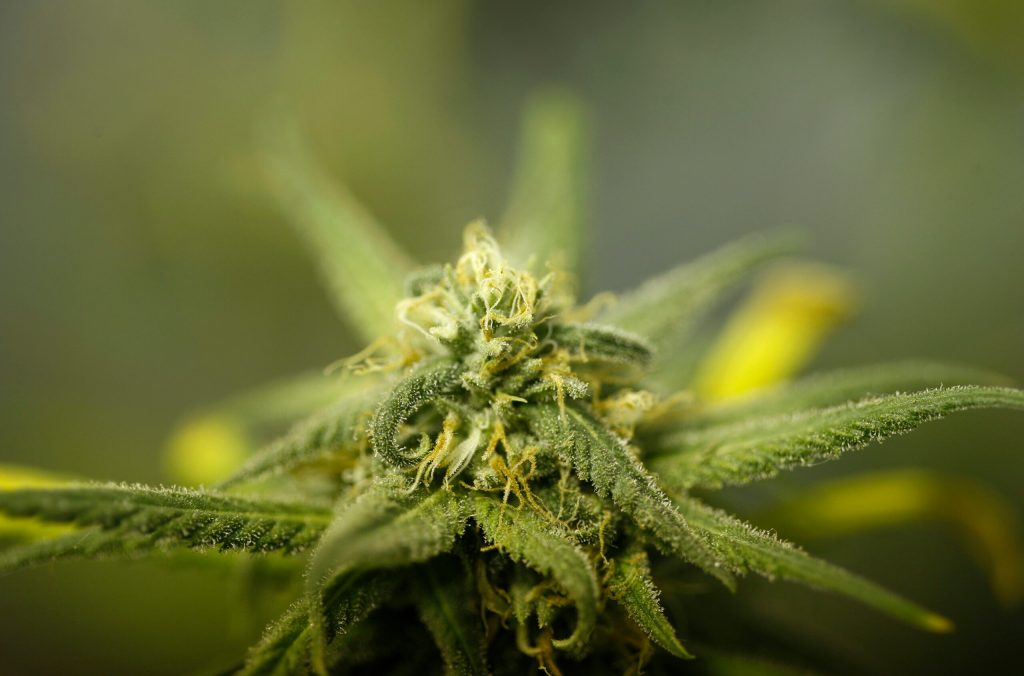In 2016, Australia introduced a first-of-its-kind medicinal cannabis program through which doctors would be able to write prescriptions to treat any number of different conditions.
Now, doctors are reaching for it as a catch-all tincture used to treat conditions for which there isn’t much evidence it’ll resolve, all at a “steeply” increasing rate.
Videos by VICE
The broad-based prescription increase emerges as one of the core findings of a new study undertaken by researchers at the University of Sydney, who found that medicinal cannabis is being prescribed for more than 140 different conditions in Australia.
Among the most common is anxiety, even though there are only a smattering of studies to support the drug’s efficacy in treating the condition.
One of the report’s senior authors, Dr Elizabeth Cairns, said most of the research that supports the use of medicinal cannabis in treating conditions like anxiety is based on “CBD-dominant” cannabis products, rather than those with a dominant THC component. THC is what commonly induces anxiety for users of the drug, and is more common among cannabis products in general.
But anxiety isn’t the only condition with rising prescription rates for which medicinal cannabis has questionable efficacy. Using data from the Therapeutic Goods Administration (TGA), researchers found that doctors are increasingly turning to medicinal cannabis prescriptions to treat general “pain” and “sleep disorders”, too.
As it stands, the evidence for using medicinal cannabis as a treatment of pain in Australia is limited at best, and in most cases even controversial. The Australian Faculty of Pain Medicine suggests not prescribing medicinal cannabis for chronic pain, for instance, while some medical practitioners have taken even stronger positions against it.
When it comes to using medicinal cannabis as a treatment for sleeping disorders, most researchers have come to sing a familiar refrain: there isn’t enough evidence to support the drug’s efficacy in treating the condition.
That hasn’t stopped its proliferation as a catch-all treatment, as well as the rate at which it is being prescribed.
Rhys Cohen, a spokesperson for CannGroup and a co-author of the study, told VICE that most of that uptick has taken place over the last year or so, and most of the people seeking the drug as treatment are, unsurprisingly, young men.
“All of the people getting access to medicinal cannabis that we looked at in our paper are accessing products that have not been proven to be effective for treating anything in particular,” Cohen said.
“These are unregistered medicines that haven’t gone through normal drug approval processes.”
Their reasons for doing so are likely vast, he said, but could broadly be put down to the legions of clinical psychiatric needs being left unmet in Australia.
“We know that people who use cannabis for medicinal purposes already, be it on a prescription or not, are much more likely than the general public to be living with high levels of psychological distress; to come from poor areas, or have less access to the kinds of quality health care that they should be able to,” he said.
In 2019, it was estimated by the Australian Institute of Health and Welfare that there were around 600,000 Australians already using cannabis illegally to treat medical conditions, at least part of the time.
And since the inception of the national cannabis scheme in 2016, just under 250,000 Australians have joined them legally, with prescriptions for the drug doubling from 2020 to 2021, and more than 122,000 prescriptions written last year alone. It’s a marked jump on the 2,500 prescriptions written in 2018, just four years ago.
Mat Henderson, drug lawyer and principal of Reparation Legal, told VICE that he sees the uptick in medicinal cannabis prescriptions running parallel to the mounting evidence for the dwindling safety and efficacy of dominant selective serotonin reuptake inhibitors (SSRIs) available on the market.
At least in an anecdotal sense, Henderson suggested, “lots of people are making the switch” to medicinal cannabis because psychiatric pharmaceuticals either “didn’t work, did more harm than good, had unbearable side-effects, or a shithouse combo of all of the above.”
“Are cannabinoids a long-term solution to the tidal wave of anxiety and depression in Western society? For many, maybe. It’s gotta be better than the current status quo,” he said.
“There’s a lot of patient numbers here and we ought to pause and recognise the crummy situation that cannabinoid medicines are in. Held back by lack of pharma-level research but the same standard of research is coming apart at the seams when it comes to all the products that MC is naturally replacing.”
In contrast, Cohen accepted the idea in part, but pointed to the fact that there isn’t really any evidence to support the suggestion that rising rates of medicinal cannabis prescriptions have emerged as the direct result of broadly reported negative experiences with SSRIs.
“We don’t have great drugs for these conditions. Non-drug treatments can be really time- and cost-intensive as well,” Cohen said.
“But I think the fact that so many Australians already use SSRIs, and the fact that so many Australians, unfortunately, remain with untreated or unmanaged anxiety and depression, is a sign that, yeah, this is a cohort of people who have a huge unmet need, who are looking for some kind of help.”
Follow John on Twitter.
Read more from VICE Australia.




